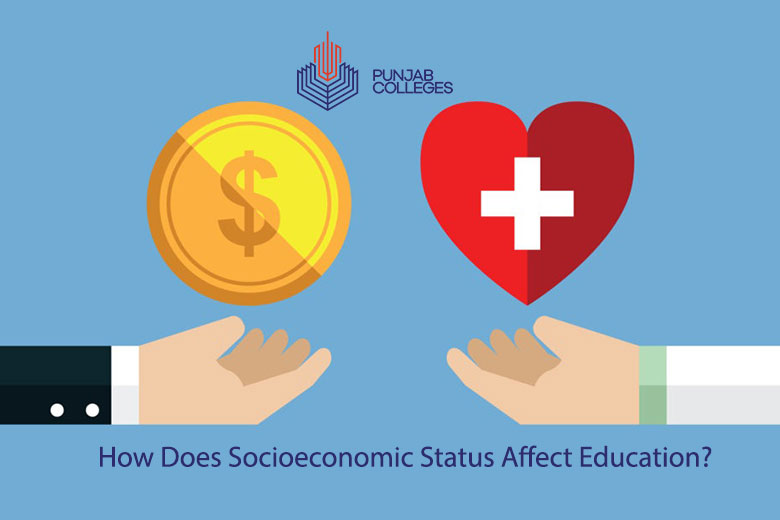The impact of socioeconomic status
The impact of socioeconomic status on educational outcomes.
Socioeconomic status (SES) is a measure of an individual’s or family’s economic and social position with others in their society.

Factors such as income, education, occupation, and social status determine SES. Research extensively shows a strong correlation between socioeconomic status and academic achievement.
Several factors, including access to resources, home environment, parental involvement, and cultural values, explain the relationship between SES and educational outcomes.
Access to Resources: socioeconomic
SES influences access to resources such as high-quality schools, libraries, and educational materials. Students from high-SES families have greater access to these resources than students from low-SES families.
High-SES families can afford to send their children to private schools, which often have better resources and smaller class sizes. Additionally, high-SES families can provide their children with books, computers, and other educational materials that are essential for academic success.
Home Environment:
The home environment also plays a critical role in the academic success of students. Students from high-SES families often have access to a supportive home environment. Which includes a quiet study space, parental assistance with homework, and access to educational materials.
In contrast, students from low-SES families may not have access to a quiet study space, and their parents may not have the time or resources to help with homework.
Parental Involvement:
Parental involvement is another critical factor that influences the academic success of students. Parents from high-SES families tend to be more involved in their children’s education than parents from low-SES families.
High-SES parents are more likely to attend parent-teacher conferences, volunteer in schools, and monitor their children’s progress. Additionally, high-SES parents are more likely to have higher levels of education. Which can help them provide academic support to their children.
Cultural Values:
Finally, cultural values can also impact educational outcomes. Students from high-SES families often come from cultures that place a high value on education. These students are more likely to view education as essential for their future success, and they may have greater motivation to succeed academically.
Students from low-SES families may come from cultures with less emphasis on education and may lack motivation to succeed academically.
The impact of SES on educational outcomes can be seen in several ways. Including academic achievement, high school graduation rates, and college attendance.
Academic Achievement:
Students from high-SES families tend to perform better academically than students from low-SES families.
A study by the National Center for Education Statistics found that 4th-grade students from the highest SES quartile scored an average of 26 points higher on reading tests than those from the lowest SES quartile.
High School Graduation Rates:
High school graduation rates are also influenced by SES. Students from low-SES families are more likely to drop out of high school than students from high-SES families.
The National Center for Education Statistics reported that in 2018, the high school dropout rate was 9% from SES quartile. Compared to 1% for those from the highest SES quartile.
College Attendance:
Finally, college attendance is strongly influenced by SES. Students from high-SES families are more likely to attend college than students from low-SES families.
According to the College Board, 69% of students from families highest SES quartile enrolled in college immediately after high school. Compared to 40% of students from families in the lowest SES quartile.
Conclusion
Socioeconomic status plays a crucial role in determining educational outcomes.
Students from high-SES families have greater access to resources, a supportive home environment, and parental involvement. Which can lead to higher academic achievement, higher graduation rates, and higher college attendance.
Students from low-SES families often face significant barriers to academic success, such as limited resources. A less supportive home environment, and less parental involvement.
Addressing this issue requires providing all students with equal access to resources and support, regardless of socioeconomic status.
This can be achieved through policies that ensure equitable funding for schools. Support low-income families, and promote parental involvement in education.
Celebrities used to have some anonymity, but the digital era has blurred the line between public and private life. 바카라사이트